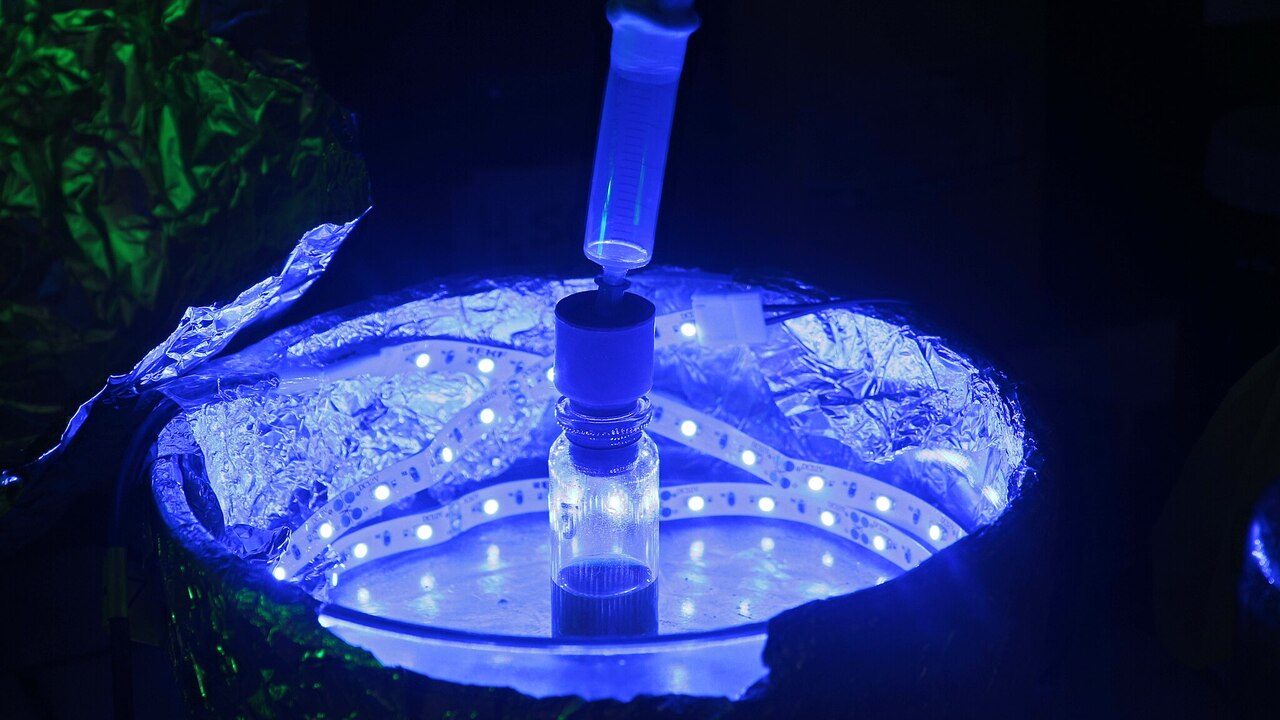Researchers from Penza State University have developed a method for an inexpensive and efficient process of cleaning air and water using photocatalysis, the university’s press service reported.
During photocatalysis, pollutants in air and water are decomposed by irradiation with light and active substances – photocatalysts. Semiconductors are often used as the latter. In these materials, “electron-hole pairs” are formed, which are captured by various molecules under the influence of light and trigger chemical transformations.
Industrial photocatalyst samples, as a rule, work only in the ultraviolet region of the spectrum. Scientists from Penza have succeeded in shifting the used radiation range into the visible region by depositing nanoparticles on the zinc oxide structure from copper oxide and dioxide, which are much cheaper than the previously used noble metals (gold, palladium and platinum). “Antennas” – nanocrystals in the “branches” of the structure convert visible radiation into electron energy.
The PSU press service noted that the development is patented and ready for implementation.
Source: Ferra
I am a professional journalist and content creator with extensive experience writing for news websites. I currently work as an author at Gadget Onus, where I specialize in covering hot news topics. My written pieces have been published on some of the biggest media outlets around the world, including The Guardian and BBC News.











